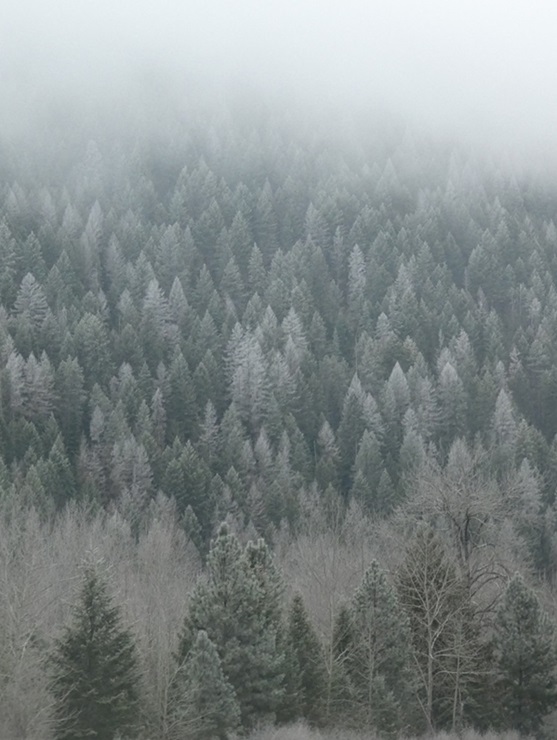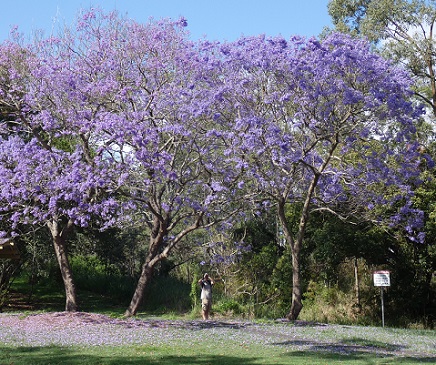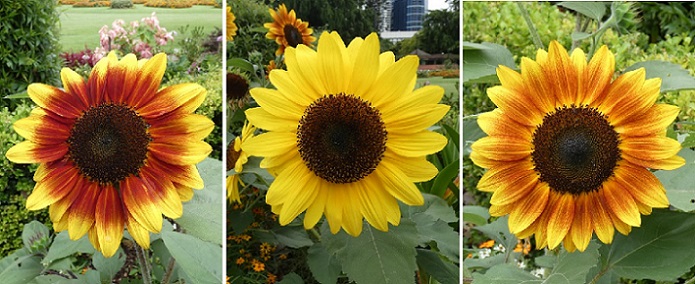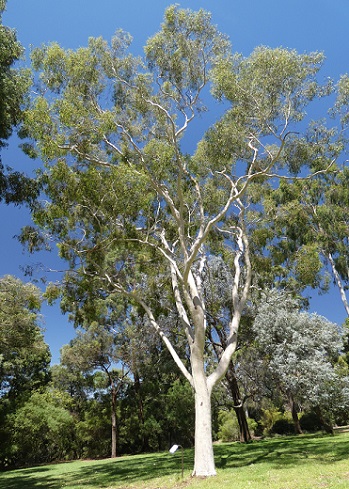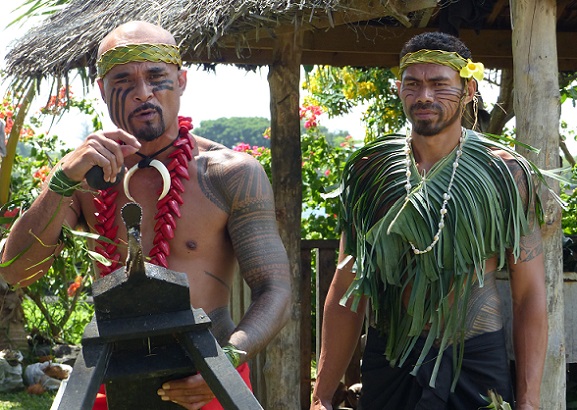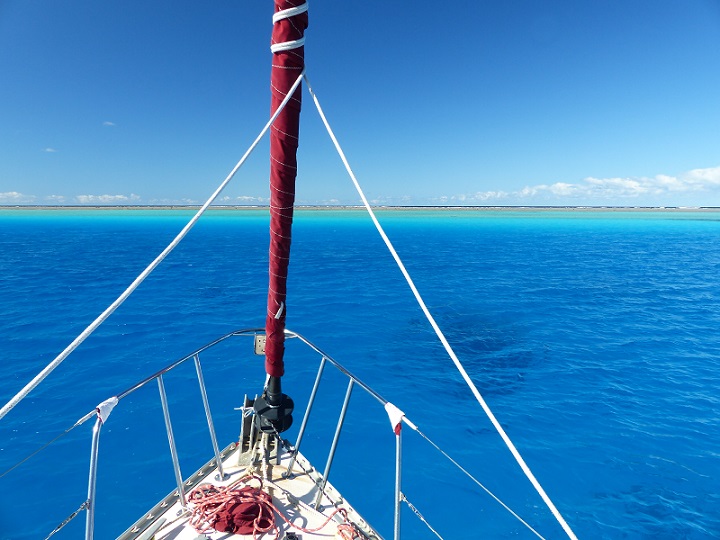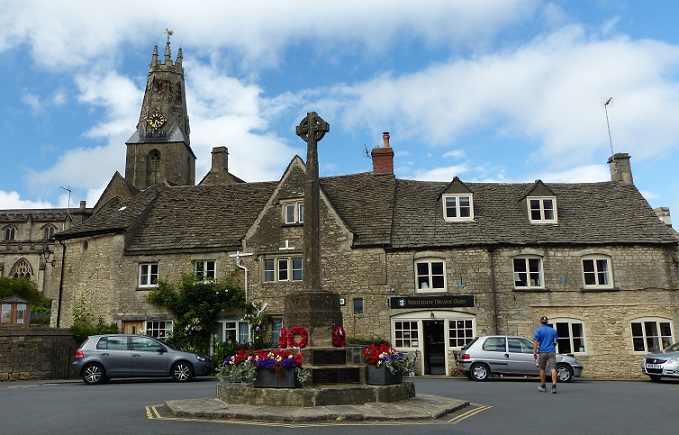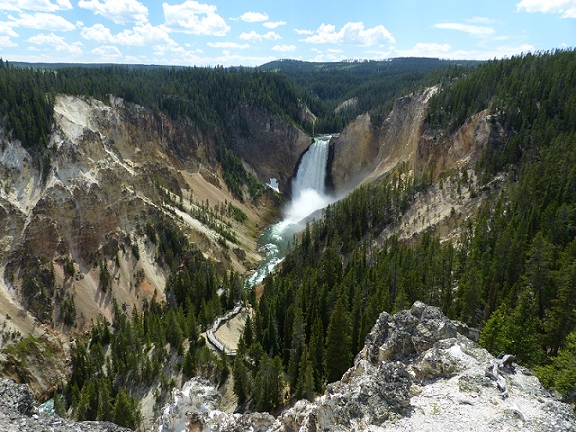
Tregoning
12 April 2024 | We are back aboard Tregoning in Mersin Marina, Mersin, Türkiye
02 April 2024 | We are in Toronto Airport, Canada: Tregoning is in Mersin Marina, Mersin, Türkiye
25 February 2024 | We are back in Gainesville, FL: Tregoning is in Mersin Marina, Mersin, Türkiye
18 February 2024 | We are in Glenwood, New Mexico: Tregoning is in Mersin Marina, Mersin, Türkiye
12 February 2024 | We are in Morro Bay, California: Tregoning is in Mersin Marina, Mersin, Türkiye
19 January 2024 | We are in Vancouver, BC Canada: Tregoning is in Mersin Marina, Mersin, Türkiye
01 January 2024 | We are in Washington State: Tregoning is in Mersin Marina, Mersin, Türkiye
15 December 2023 | We are in Minnesota: Tregoning is in Mersin Marina, Mersin, Türkiye
18 November 2023 | We are in Florida: Tregoning is in Mersin Marina, Mersin, Türkiye
29 October 2023 | We're in Florida - Tregoning is at B-dock, Mersin Marina, Mersin, Türkiye
21 October 2023 | 7 Oda Kapadokya Cave Hotel, Ürgüp, Türkiye
14 October 2023 | Hotel Aşikoğlu, Boğazkale, Türkiye
07 October 2023 | B-dock, Mersin Marina, Mersin, Türkiye
19 September 2023 | “Chez Jon & Angela”, Near Otterton, Devon, UK
14 September 2023 | Airbnb in Fortuneswell on the Isle of Portland, Dorset, UK
11 September 2023 | With Mike, Grange-over-Sands, Cumbria, UK
03 September 2023 | Ardington House, Ardington, Oxfordshire, UK
24 August 2023 | Near "Chez Joan and Peter", College of Roseisle, Moray, Scotland
11 August 2023 | Andrew's house (not exactly), Lichfield, UK
22 July 2023 | Chez Gail, near the New York Café, Budapest, Hungary
Magnificent parrots at the Fafa Island Resort
14 July 2017 | Just north of the island of Fafa, near Tongatapu, Tonga
Photo: Red shining parrot on feeding tray at Fafa Island Resort

We have been in the Tongatapu area for a month now but we have not (quite) spent all of the time anchored off Pangaimotu. On two occasions we have ventured all the way to Fafa Island which is 7 km (4 nm) north of Nuku'alofa and 2 nm directly north of Pangaimotu. It is a longer trip to get there in Tregoning for three reasons: going several miles off-shore of any islands to empty the holding-tanks (if you need to ask what those are, you will not want to hear the answer); to avoid various reefs and areas of shallow coral-heads; and to get to the anchorage north of Fafa island near which there is a pass through the fringing reef suitable for dinghies and small boats.

Fafa Island seen over the fringing reef with the resort restaurant just left of center
Fafa is an 18-acre (7-ha) palm island surrounded by a sand beach, lagoon, and fringing reef, and which is occupied by the Fafa Island Resort. A few years ago, a Marine Reserve was delineated around the reef and captains are supposed to call ahead to the resort to let them know that they are entering the Marine Reserve. We did not know this when we first arrived on July 5th, and on arrival ashore we were gently rebuked. I wondered aloud how we would have known about this in advance (it is not mentioned in our old cruising guides) but it seemed expected that Big Mama would have told us (which seemed an odd assumption being a competing day-resort). We later heard that other crews were more seriously scolded so we were careful to call ahead before our second visit on July 13th. Apparently, "the boys" from Fafa are supposed to come out and check any unexpected boats in the Marine Reserve, both to deter fishing and prevent visitors from anchoring where they might cause damage to the reef. Despite this slightly inauspicious start to our visit to Fafa Resort, however, we actually came to like the people, the place, and the wildlife.
The resort is very comfortable but built in a traditional style that is unobtrusive and blends well with its surroundings. In addition to the reception area, restaurant, bar, lounge, and associated kitchens, bathrooms, etc., there are 13 private fales (cabins) with wood-shingle roofs and walls of woven palm fronds. The fales each have an access path from the gardens inside the island and open onto a private section of beach with sunbeds. The maximum number of overnight guests at the resort is 35 and the rate for a fale is between €199 (US$230) and €289 (US$333) per night, plus a meal plan. Day trips to the island are limited to 15 people and cost T$92 (US$41) per person, including the boat trip and lunch (not drinks).
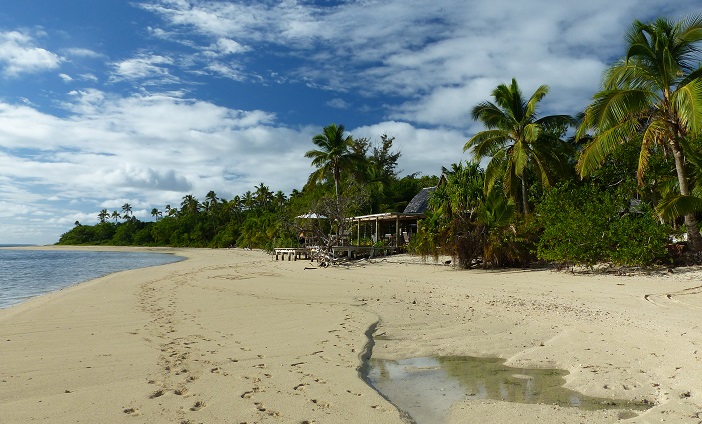
The unobtrusive restaurant is the only part of the Fafa Island Resort visible from the water
Our original reasons for going to Fafa were to try snorkeling somewhere different from Pangaimotu and to see the red shining parrots (koki in Tongan) that live there. Gail and Dean on SV Local Talent had told us about the parrots and, given that we were not sure if we would be making a trip to the island of 'Eua which has a wild population, we were keen to see these rare and beautiful birds. We mentioned our interest on arriving at the resort and we were lucky enough that Tom was available to show some to us.
Tom is a marine biologist whose research interest is in the fate of plastics that were made between 1945 and 1962. During much of this period, most plastic refuse was just dumped in the oceans where it may have been physically ground down but did not disappear. After this time, plastics have been manufactured with a greater ability to breakdown in the environment and marine dumping was banned. Apparently, fish high on the food chain are being found to be stunted in size (requiring more fish to be caught to maintain harvests) due to intestinal accumulations of tiny pellets of these old plastics. Apparently, Tom uses Fafa as a base for some of his work and as an aside, he has taken an interest in the welfare of the island's population of red shining parrots.
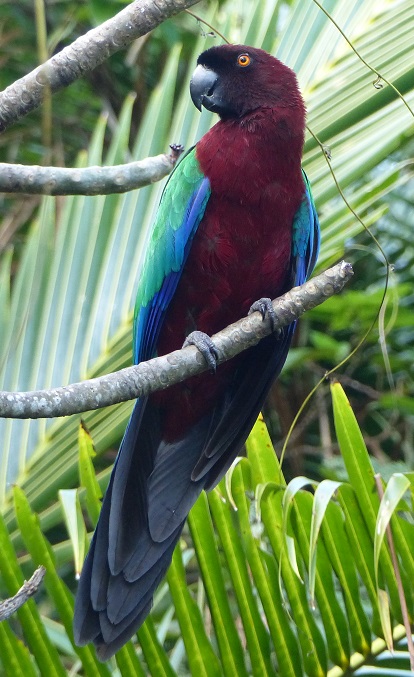
Red shining parrot
These strikingly colored birds are endemic to Fiji but, prior to the arrival of the Europeans, some were introduced to Tonga probably for the red feathers which were traded in Fiji, Tonga, and Samoa. Most Tongan populations of these forest-dwelling parrots have disappeared, however, due to the loss of rainforest, the impacts of introduced predators, and illegal capture for zoos and the bird/pet trade. To diversify the distribution of this species, birds were introduced from 'Eua to Fafa several years ago. After a while, they were being regarded as pests by the resort owners because they were damaging wood in the fales.
Tom has managed to reduce this annoying behavior both by providing nesting boxes so that pairs do not need to try to make holes for nests as they normally would in rotten wood, and by supplementing their feed with more protein. Fafa is not big enough nor does it have enough large forest trees to maintain the parrots without supplemental feeding but in the past this was limited to fruit and leaves left over from the restaurant. By providing protein (chiefly in cooked rice), the parrots no longer damage wood in the fales looking for insect larvae (wood termites are native) and they appear to be healthier.
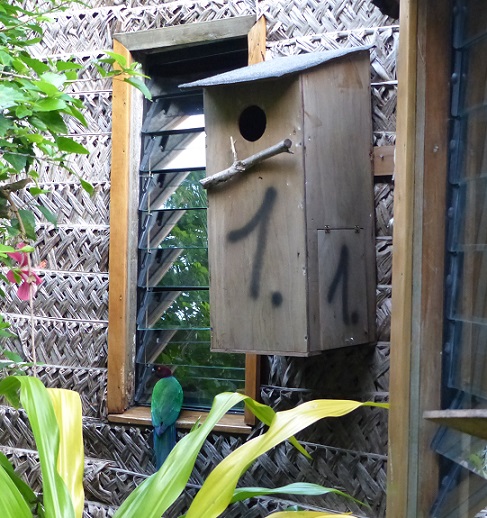
A parrot peers into the window of an unused fale where a nesting box has been located
Tom also provides trays with orange clay that is collected from 'Eua Island which apparently contains minerals that the parrots need. Since providing the clay, the condition of the bird's feathers has much improved. Between providing the nesting boxes and the protein and mineral supplements, Tom hopes that there will be an increased likelihood of successful mating in the Fafa population which is currently around 13 birds. The red shining parrots have proven to be very difficult to breed in captivity so it is hoped that they can be bred on these small islands and then reintroduced to larger islands where predators have been removed.
As a parrot habitat, Fafa has the advantage that there are no cats or dogs. Although Big Mama has wondered about the added attraction that having parrots might bring to Pangaimotu, that island has cats and dogs, so a free-living population of parrots would not be viable. At least, Tonga does not have the predatory mongooses that were released on some of the islands of Fiji, in an effort to control rats in sugar cane, and which have caused the extirpation of many ground-dwelling birds.
Cats are not commonly seen on Tongatapu, although feral ones certainly do appear along roadsides. This is presumably in part because there are so many dogs roaming around on the island. A few dogs look very well-fed and have collars but many are underfed and/or are injured. A few have chased our car rather aggressively, but we have not been confronted by ay dangerous animals when on foot, even when a pack has formed. Our guidebooks recommend pretending to throw a stone to back-off an aggressive dog, as this is what the locals would do. Between this and the neglect of unhealthy looking animals, parts of Tongatapu might be an uncomfortable place for sensitive dog-lovers.
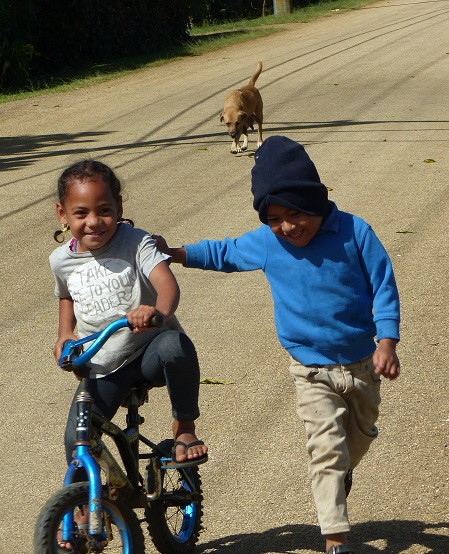
Children in a village on Tongatapu are followed by the inevitable street-roaming dog
The other issue that most visitors to Tongatapu immediately find distasteful, and which is conspicuously absent on Fafa, is litter. We have not seen people deliberately dropping litter as we witnessed in parts of Panama and Mexico, but drifts of wrappers, plastic bottles, and drinks-cans seem to accumulate in almost every public area on Tongatapu, and especially where people have gathered to picnic or drink. Trash cans that have been provided by various aid-donor nations, line the waterfront walkway and are well used but this step-in-the-right-direction does not appear to have been enough.
Some houses are surrounded by piles of discarded furniture, tools, vehicles, and trash while many yards are clean and carefully maintained. But, regardless, the side of the road or the public beach outside the garden fence will be strewn with litter. Although it is easy to dismiss concern about litter as "First World" luxury, it cannot be ignored as an influence on tourism, as the better-managed resorts have figured-out. Tourism is the second biggest source of income in Tonga (after remittances send home by Tongans living overseas) so developing and maintaining a litter-conscious mentality and pride in their environment in school children, would seem like a good long-term investment.
Back on Fafa, while Tom was showing us the parrots, we asked if most of the resort guests were interested in learning about them. To our surprise, he responded that most guests are either unaware of them or assume that they are typical of the tropics and are nothing special. He has concluded that on the whole, provided that the effort is continued to feed and maintain this population, the birds are probably better off if the people on the island are not all anxious to follow and interact with them.
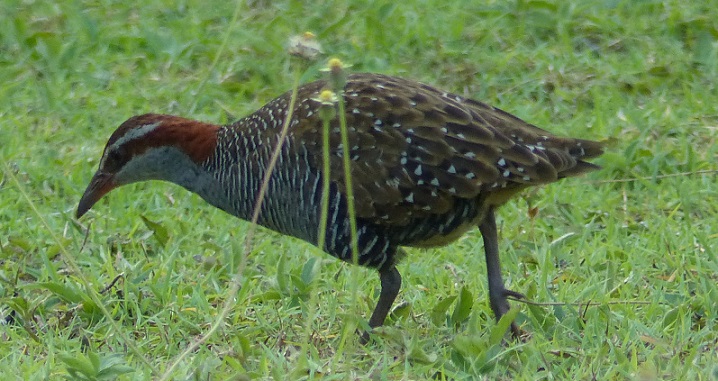
Banded rail on Fafa
Despite their rich colors, perhaps the parrots were not so conspicuous to most people Fafa because the guests were more likely to notice the two species of ground-dwelling birds that were prevalent throughout the resort. One was the banded rail, which is the same species that we had seen in the Glenfern Sanctuary on Great Barrier Island (Aotea) in New Zealand. The other was the purple swamp hen (Kalae in Tongan) which is similar to the New Zealand pukeko but is a different species with longer legs. Although widespread in Tonga, these omnivorous birds can damage crops such as bananas, plantains, taro, and cassava, and may kill small chicks, so they are not popular in villages. Although the swamp hens had not yet discovered the parrots' tray of food that Tom hoisted into the canopy of a large tree, the mothers did collect some of the rice that Tom had scooped onto other shrubs, to feed to their young.
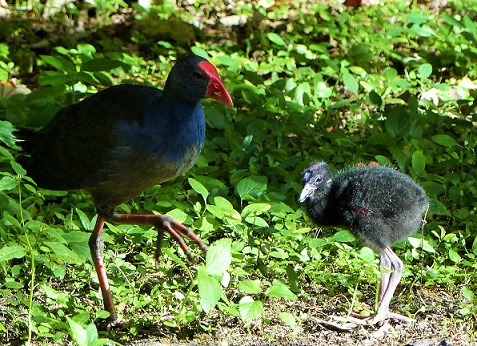
Purple swamp hen and chick on Fafa
During our first visit to Fafa, it became depressingly apparent that the cold that Randall had started to develop at the beginning of that week was not going to be short-lived. So his visit to shore to see the parrots and slurp down some fruit-juice at the attractive bar was his only expedition off Tregoning. I returned to the island the following morning to watch as Tom fed the parrots (but they were apparently not very hungry) and during our two-night stay, I enjoyed a couple of snorkels from Tregoning on the outside of the reef. But we had to miss the Thursday night Polynesian Evening at the resort, which was a pity.
Randall's cold proved to be rather exhausting and persistent, which was disappointing for him. So far, I have managed not to catch it (famous last words) which was pretty amazing considering that plenty of the locals have been sniffling and sneezing, this being mid-winter, of course. On the positive side, however, Randall's right hand has almost completely healed after its altercation with the windlass at Minerva, although the index finger is still a bit weak and sore if knocked.

Marisa in her spiffy sea kayak in the Fafa Island lagoon
Having missed the Polynesian evening and any snorkeling at Fafa for Randall, we returned there in Tregoning the following Thursday (13th July). Marisa and Bavo had paddled over in their super-cool sea kayaks (the luxury of having a large boat on which to store such toys) and enjoyed a snorkel and good lunch at the resort. After our own snorkel, we chatted with them while drifting in the lagoon and then while they paddled back to Pangaimotu, we dressed-up for an evening at the resort.
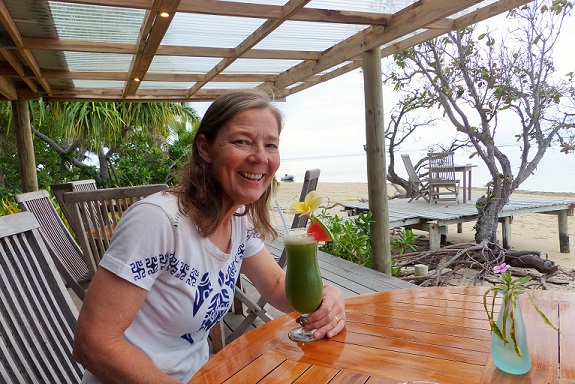
Alison in a Marquesan shirt enjoying a tropical cocktail at the Fafa Island Resort
After happy-hour cocktails (only T$20 each) we enjoyed a delicious buffet dinner (T$52 each), which included 11 different salads, several hot vegetable or fish dishes, grilled fish, chicken, and beef, with an apple-cake with red-wine sauce for dessert. We then listened to the men of the island (workers at the resort) singing traditional Tongan songs in harmony as they sat in a kava circle.
This was followed by about 10 different Polynesian dances that were performed by staff, former staff, and children in traditional clothes for the Polynesian culture that was being illustrated (e.g., Tonga, Samoa, Tahiti, Cook Islands). Accompanied either by a recording or by the kava circle singers, most dances were performed by a solo dancer. As is traditional in Tonga, the dancers had well-oiled skin to which members of the audience were expected to stick paper money, during the dance. One of the resort managers, David, led the way with T$5 notes but most of us had, rather meanly, saved T$2 notes to use. While it initially felt like a rather distracting and demeaning way to reward the dancers, it soon became apparent that, in a country where tipping is not expected, these financial contributions were greatly appreciated.
Due to our rather shy placement, many of the notes fell off but the dancers gracefully swept them up off the floor as they left. A toddler who had been sitting with her father at the kava circle, clearly registered the significance of picking-up the money. As the show progressed, rather than trying to join in the dancing, she would scurry into the dancer's wake. Carefully avoiding being in the way of the dance, she would gather-up the fallen notes and proudly return them to her father. None of the dancers seemed to object to this so we assume that the money was all shared-out at the end. What we could not decide was whether the little girl was acting solely out of a desire to accumulate wealth or whether we were also seeing the promising signs of an intolerance to littering.

The toddler from the kava circle (to the left) gathers money that has dropped off the oiled skin of the young Tongan dancer

Fafa Island seen over the fringing reef with the resort restaurant just left of center
Fafa is an 18-acre (7-ha) palm island surrounded by a sand beach, lagoon, and fringing reef, and which is occupied by the Fafa Island Resort. A few years ago, a Marine Reserve was delineated around the reef and captains are supposed to call ahead to the resort to let them know that they are entering the Marine Reserve. We did not know this when we first arrived on July 5th, and on arrival ashore we were gently rebuked. I wondered aloud how we would have known about this in advance (it is not mentioned in our old cruising guides) but it seemed expected that Big Mama would have told us (which seemed an odd assumption being a competing day-resort). We later heard that other crews were more seriously scolded so we were careful to call ahead before our second visit on July 13th. Apparently, "the boys" from Fafa are supposed to come out and check any unexpected boats in the Marine Reserve, both to deter fishing and prevent visitors from anchoring where they might cause damage to the reef. Despite this slightly inauspicious start to our visit to Fafa Resort, however, we actually came to like the people, the place, and the wildlife.
The resort is very comfortable but built in a traditional style that is unobtrusive and blends well with its surroundings. In addition to the reception area, restaurant, bar, lounge, and associated kitchens, bathrooms, etc., there are 13 private fales (cabins) with wood-shingle roofs and walls of woven palm fronds. The fales each have an access path from the gardens inside the island and open onto a private section of beach with sunbeds. The maximum number of overnight guests at the resort is 35 and the rate for a fale is between €199 (US$230) and €289 (US$333) per night, plus a meal plan. Day trips to the island are limited to 15 people and cost T$92 (US$41) per person, including the boat trip and lunch (not drinks).

The unobtrusive restaurant is the only part of the Fafa Island Resort visible from the water
Our original reasons for going to Fafa were to try snorkeling somewhere different from Pangaimotu and to see the red shining parrots (koki in Tongan) that live there. Gail and Dean on SV Local Talent had told us about the parrots and, given that we were not sure if we would be making a trip to the island of 'Eua which has a wild population, we were keen to see these rare and beautiful birds. We mentioned our interest on arriving at the resort and we were lucky enough that Tom was available to show some to us.
Tom is a marine biologist whose research interest is in the fate of plastics that were made between 1945 and 1962. During much of this period, most plastic refuse was just dumped in the oceans where it may have been physically ground down but did not disappear. After this time, plastics have been manufactured with a greater ability to breakdown in the environment and marine dumping was banned. Apparently, fish high on the food chain are being found to be stunted in size (requiring more fish to be caught to maintain harvests) due to intestinal accumulations of tiny pellets of these old plastics. Apparently, Tom uses Fafa as a base for some of his work and as an aside, he has taken an interest in the welfare of the island's population of red shining parrots.

Red shining parrot
These strikingly colored birds are endemic to Fiji but, prior to the arrival of the Europeans, some were introduced to Tonga probably for the red feathers which were traded in Fiji, Tonga, and Samoa. Most Tongan populations of these forest-dwelling parrots have disappeared, however, due to the loss of rainforest, the impacts of introduced predators, and illegal capture for zoos and the bird/pet trade. To diversify the distribution of this species, birds were introduced from 'Eua to Fafa several years ago. After a while, they were being regarded as pests by the resort owners because they were damaging wood in the fales.
Tom has managed to reduce this annoying behavior both by providing nesting boxes so that pairs do not need to try to make holes for nests as they normally would in rotten wood, and by supplementing their feed with more protein. Fafa is not big enough nor does it have enough large forest trees to maintain the parrots without supplemental feeding but in the past this was limited to fruit and leaves left over from the restaurant. By providing protein (chiefly in cooked rice), the parrots no longer damage wood in the fales looking for insect larvae (wood termites are native) and they appear to be healthier.

A parrot peers into the window of an unused fale where a nesting box has been located
Tom also provides trays with orange clay that is collected from 'Eua Island which apparently contains minerals that the parrots need. Since providing the clay, the condition of the bird's feathers has much improved. Between providing the nesting boxes and the protein and mineral supplements, Tom hopes that there will be an increased likelihood of successful mating in the Fafa population which is currently around 13 birds. The red shining parrots have proven to be very difficult to breed in captivity so it is hoped that they can be bred on these small islands and then reintroduced to larger islands where predators have been removed.
As a parrot habitat, Fafa has the advantage that there are no cats or dogs. Although Big Mama has wondered about the added attraction that having parrots might bring to Pangaimotu, that island has cats and dogs, so a free-living population of parrots would not be viable. At least, Tonga does not have the predatory mongooses that were released on some of the islands of Fiji, in an effort to control rats in sugar cane, and which have caused the extirpation of many ground-dwelling birds.
Cats are not commonly seen on Tongatapu, although feral ones certainly do appear along roadsides. This is presumably in part because there are so many dogs roaming around on the island. A few dogs look very well-fed and have collars but many are underfed and/or are injured. A few have chased our car rather aggressively, but we have not been confronted by ay dangerous animals when on foot, even when a pack has formed. Our guidebooks recommend pretending to throw a stone to back-off an aggressive dog, as this is what the locals would do. Between this and the neglect of unhealthy looking animals, parts of Tongatapu might be an uncomfortable place for sensitive dog-lovers.

Children in a village on Tongatapu are followed by the inevitable street-roaming dog
The other issue that most visitors to Tongatapu immediately find distasteful, and which is conspicuously absent on Fafa, is litter. We have not seen people deliberately dropping litter as we witnessed in parts of Panama and Mexico, but drifts of wrappers, plastic bottles, and drinks-cans seem to accumulate in almost every public area on Tongatapu, and especially where people have gathered to picnic or drink. Trash cans that have been provided by various aid-donor nations, line the waterfront walkway and are well used but this step-in-the-right-direction does not appear to have been enough.
Some houses are surrounded by piles of discarded furniture, tools, vehicles, and trash while many yards are clean and carefully maintained. But, regardless, the side of the road or the public beach outside the garden fence will be strewn with litter. Although it is easy to dismiss concern about litter as "First World" luxury, it cannot be ignored as an influence on tourism, as the better-managed resorts have figured-out. Tourism is the second biggest source of income in Tonga (after remittances send home by Tongans living overseas) so developing and maintaining a litter-conscious mentality and pride in their environment in school children, would seem like a good long-term investment.
Back on Fafa, while Tom was showing us the parrots, we asked if most of the resort guests were interested in learning about them. To our surprise, he responded that most guests are either unaware of them or assume that they are typical of the tropics and are nothing special. He has concluded that on the whole, provided that the effort is continued to feed and maintain this population, the birds are probably better off if the people on the island are not all anxious to follow and interact with them.

Banded rail on Fafa
Despite their rich colors, perhaps the parrots were not so conspicuous to most people Fafa because the guests were more likely to notice the two species of ground-dwelling birds that were prevalent throughout the resort. One was the banded rail, which is the same species that we had seen in the Glenfern Sanctuary on Great Barrier Island (Aotea) in New Zealand. The other was the purple swamp hen (Kalae in Tongan) which is similar to the New Zealand pukeko but is a different species with longer legs. Although widespread in Tonga, these omnivorous birds can damage crops such as bananas, plantains, taro, and cassava, and may kill small chicks, so they are not popular in villages. Although the swamp hens had not yet discovered the parrots' tray of food that Tom hoisted into the canopy of a large tree, the mothers did collect some of the rice that Tom had scooped onto other shrubs, to feed to their young.

Purple swamp hen and chick on Fafa
During our first visit to Fafa, it became depressingly apparent that the cold that Randall had started to develop at the beginning of that week was not going to be short-lived. So his visit to shore to see the parrots and slurp down some fruit-juice at the attractive bar was his only expedition off Tregoning. I returned to the island the following morning to watch as Tom fed the parrots (but they were apparently not very hungry) and during our two-night stay, I enjoyed a couple of snorkels from Tregoning on the outside of the reef. But we had to miss the Thursday night Polynesian Evening at the resort, which was a pity.
Randall's cold proved to be rather exhausting and persistent, which was disappointing for him. So far, I have managed not to catch it (famous last words) which was pretty amazing considering that plenty of the locals have been sniffling and sneezing, this being mid-winter, of course. On the positive side, however, Randall's right hand has almost completely healed after its altercation with the windlass at Minerva, although the index finger is still a bit weak and sore if knocked.

Marisa in her spiffy sea kayak in the Fafa Island lagoon
Having missed the Polynesian evening and any snorkeling at Fafa for Randall, we returned there in Tregoning the following Thursday (13th July). Marisa and Bavo had paddled over in their super-cool sea kayaks (the luxury of having a large boat on which to store such toys) and enjoyed a snorkel and good lunch at the resort. After our own snorkel, we chatted with them while drifting in the lagoon and then while they paddled back to Pangaimotu, we dressed-up for an evening at the resort.

Alison in a Marquesan shirt enjoying a tropical cocktail at the Fafa Island Resort
After happy-hour cocktails (only T$20 each) we enjoyed a delicious buffet dinner (T$52 each), which included 11 different salads, several hot vegetable or fish dishes, grilled fish, chicken, and beef, with an apple-cake with red-wine sauce for dessert. We then listened to the men of the island (workers at the resort) singing traditional Tongan songs in harmony as they sat in a kava circle.
This was followed by about 10 different Polynesian dances that were performed by staff, former staff, and children in traditional clothes for the Polynesian culture that was being illustrated (e.g., Tonga, Samoa, Tahiti, Cook Islands). Accompanied either by a recording or by the kava circle singers, most dances were performed by a solo dancer. As is traditional in Tonga, the dancers had well-oiled skin to which members of the audience were expected to stick paper money, during the dance. One of the resort managers, David, led the way with T$5 notes but most of us had, rather meanly, saved T$2 notes to use. While it initially felt like a rather distracting and demeaning way to reward the dancers, it soon became apparent that, in a country where tipping is not expected, these financial contributions were greatly appreciated.
Due to our rather shy placement, many of the notes fell off but the dancers gracefully swept them up off the floor as they left. A toddler who had been sitting with her father at the kava circle, clearly registered the significance of picking-up the money. As the show progressed, rather than trying to join in the dancing, she would scurry into the dancer's wake. Carefully avoiding being in the way of the dance, she would gather-up the fallen notes and proudly return them to her father. None of the dancers seemed to object to this so we assume that the money was all shared-out at the end. What we could not decide was whether the little girl was acting solely out of a desire to accumulate wealth or whether we were also seeing the promising signs of an intolerance to littering.

The toddler from the kava circle (to the left) gathers money that has dropped off the oiled skin of the young Tongan dancer
Comments
| Vessel Name: | Tregoning |
| Vessel Make/Model: | Morgan Classic 41 |
| Hailing Port: | Gainesville, FL |
| Crew: | Alison and Randall |
| About: | We cast-off from Fernandina Beach in north Florida on 1st June 2008 and we have been cruising on Tregoning ever since. Before buying Tregoning, both of us had been sailing on smaller boats for many years and had worked around boats and water throughout our careers. |
| Extra: | “Tregoning” (rhymes with “belonging”) and is a Cornish word (meaning “homestead of Cohnan” or “farm by the ash trees”) and was Alison's mother’s middle name. Cornwall is in southwest England and is where Alison grew-up. |
Tregoning's Photos - Main
 |
Extra photographs from our three-week campervan tour of the South Island from November 15th to December 5th 2015
217 Photos
Created 4 January 2016
|
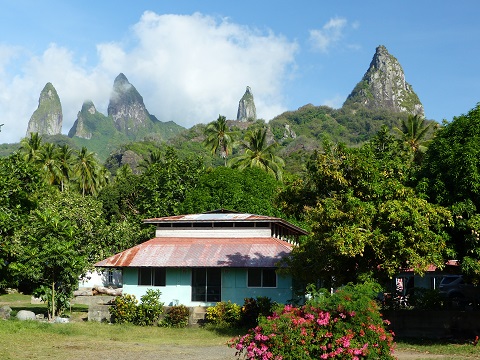 |
Random pictures from our month spent on the islands of Hiva Oa, Tahuata, Ua Pou, and Nuku Hiva
45 Photos
Created 18 July 2015
|
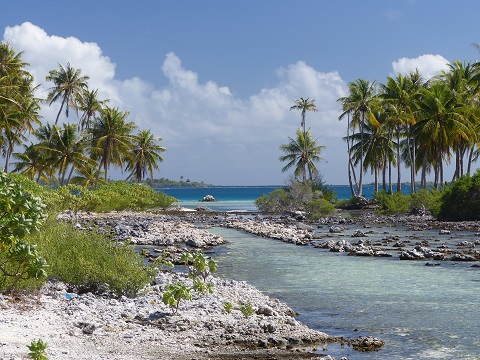 |
Random pictures from our month spent in 4 Tuamotu Atolls; Ahe, Fakarava, Tahanea, and Toau
32 Photos
Created 1 July 2015
|
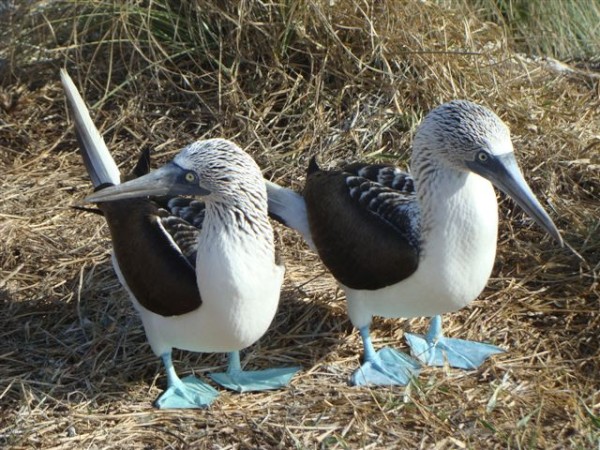 |
Some of the birds, fish, reptiles, and mammals (and others) that we have seen in Mexico
74 Photos
Created 5 May 2014
|
Tregoning

Who: Alison and Randall
Port: Gainesville, FL
